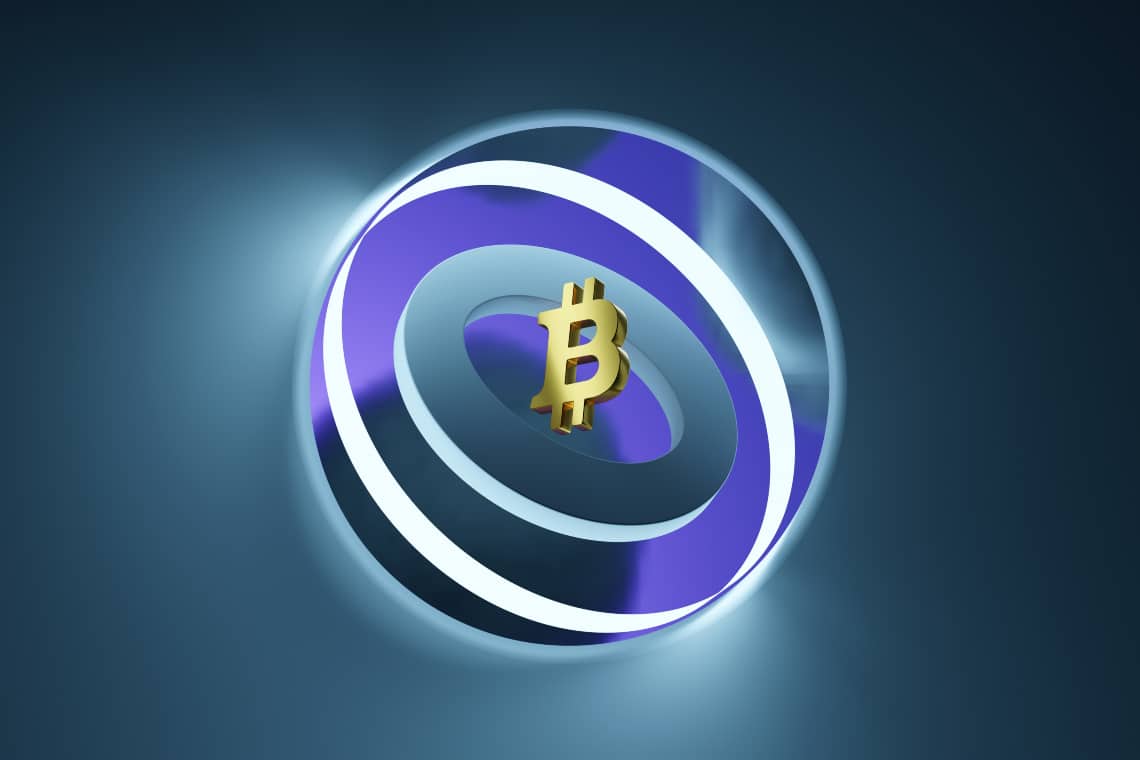A guide to Web3 and NFTs
In an episode of the TV show Hacks, talent agent Jimmy regrets missing a Lil Miquela concert in Fortnite. This joke shows how Web3 has become integrated into the cultural landscape. In case you weren’t aware, Lil Miquela is not a real person. She is a virtual avatar featured in campaigns with Prada and Calvin Klein. She is “friends” with Bella Hadid and Millie Bobbie Brown. So how did we get to a place where a virtual influencer has a gig in an online video game? Let me explain…
Web3 is the future of the internet
So, what is Web3? One way to think about it is that Web1 was the first iteration of the internet (think AOL and LiveJournal) and Web2 was more social, with users creating or consuming content or goods (think Facebook and Shopify).
Essentially, Web3 is an attempt to rebuild the Internet in a decentralized way to empower users, rather than centralized entities, that benefit their owners and stakeholders. In general, Web3 encompasses the blockchain, NFTs, decentralized finance (or DeFi) and cryptocurrency. Popular Web3 tokens include Ethereum (cryptocurrency), Bored Ape Yacht Club (NFT project) and Lido (DeFi protocol).
NFTs are the future of creation and community
Madonna, Emily Ratajkowski and Moncler have embraced NFTs. The Strokes performed at an NFT conference. But there is much more to NFTs than just the pop culture phenomenon they have become.
NFTs give creators a new way to monetize their work. They can receive royalties every time their work is resold instead of just once. NFTs also challenge the gallery/artist power structure by offering a lower barrier to entry. Another advantage is that crypto and NFTs work 24/7, so you don’t have to travel or wait to find a great artist (or song, digital outfit or virtual package… the list of use cases keeps growing). But first, let’s unpack what it all means.
What is an NFT?
NFT stands for non-fungible token. Non-fungible assets are unique and cannot be replaced or replicated, whereas fungible assets are not unique. Dollar bills and Bitcoin, for example, are fungible. There is no difference between one dollar or Bitcoin and another dollar or Bitcoin.
All NFTs are stored on a blockchain, which is a digitally distributed public ledger over a computer network.
Because each NFT is unique, it acts as an embedded receipt or proof of ownership that lives forever on the blockchain. It can show ownership of digital and IRL real estate, cars, concert tickets, digital clothing in video games and metaverses, and can represent pretty much anything in the future.
How do NFTs work?
When someone creates (or “mints”, as it is called when it publishes), transfers, buys, sells or does anything with an NFT, the movement is automatically recorded on the blockchain. This record enables permanent and public authentication, and anyone can use it to verify NFT ownership and activity.
One of the most famous quips about NFT art is, “It’s just a jpeg! I right-click and save it, and it’s mine.” But that would be like telling people you own a Rothko or Matisse, when you own a Rothko or Matisse. Anyone can say they have Beeple’s “The First 5000 Days” on their desk, but they have to own NFT to be worth $69 million.
The future will not be static
NFTs can represent anything, even a lifestyle. Bored Ape Yacht Club, The Hundreds and Doodles are PFPs (Profile Picture Projects) that provide access to the vibrant communities that support them.
They can even unlock bonus content like a signed physical copy of an artwork, access to a personal event with the creator, or lifetime VIP membership. Starbucks now has an NFT loyalty program where you collect digital stamps to earn rewards like a trip to their coffee farm in Costa Rica.
Because they are programmed, they can change. For example, Impermanence is an NFT art collection that changes with your current weather conditions. Crypto orchids are digital flowers that you have to water every seven days or they die (and thus cannot be sold).
Where should I start?
To create or buy an NFT, check out the marketplaces of OpenSea, Rarible, SuperRare, Tezos, and Polygon.
Whether you’re starting a side hustle as an NFT artist, becoming a collector, or looking for the right digital outfit for the next virtual Ariana Grande concert, mastering these basics will take you far in Web3.

























